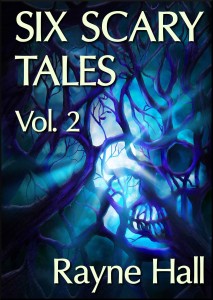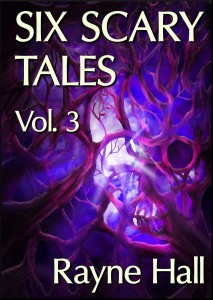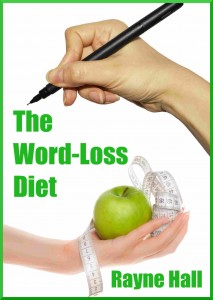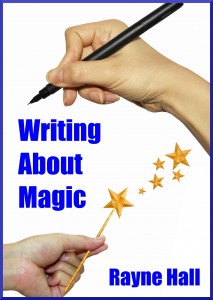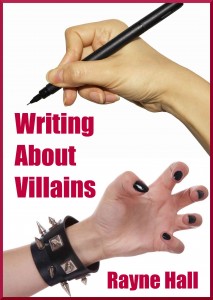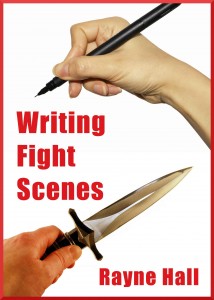by Rayne Hall
Certain book blogs state categorically that they won’t review self-published books. I understand their motivation: They get inundated with submissions and are trying to keep the numbers down.
However, No Indies is as arbitrary as No Jews or No Women.
The reviewers aim to filter out low-quality works – but is the publishing method a valid quality filter?
It used to be. In the late 20th century, the established path to publication was author-agent-publisher-bookseller-reader. 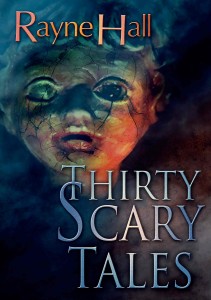 Each book had to pass three gates on its journey from author to reader, and each gate represented a quality test. Self-published books were inevitably those that had failed at the first two gates.
Each book had to pass three gates on its journey from author to reader, and each gate represented a quality test. Self-published books were inevitably those that had failed at the first two gates.
Times have changed. E-publishing makes it possible to reach the readers directly, and many authors choose the direct route instead of queuing at the gates.
Without gatekeepers barring entry, many poorly-written and under-revised books get published. A lot of indie (i.e. self-published) books are not as good as their authors think. Frankly, there’s a mass of indie dross – but there are also many indie gems.
The boundary between “good book” and “bad book” doesn’t happen to coincide with the frontier between indie-published and traditional-published books.
Consider the authors who use both publishing models: Amanda Hocking, John Locke and Michael Stackpole submit some of their works to traditional publishers and self-publish others.  Are these authors’ traditional-published books better than their self-published ones?
Are these authors’ traditional-published books better than their self-published ones?
Or how about the authors who were successful with traditional-published books, but then decided to go indie? Consider Joe Konrath, Barry Eisler, and Dean Wesley Smith. Have they lost their ability to write good books?
Then there are the authors who took their previously traditional-published out-of-print books and self-published them as ebooks – Kristine Kathryn Rusch and Piers Anthony, for instance. The books are the same, so how can they suddenly be less worthy?
Over three decades, I had twenty books published by several traditional publishers before choosing the indie route. 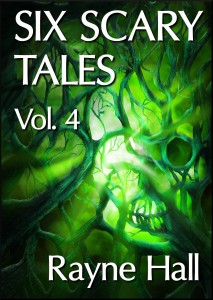 Does this mean my old books are worth reviewing, and my new books are not – even though I have grown as a writer?
Does this mean my old books are worth reviewing, and my new books are not – even though I have grown as a writer?
Not long ago, a book blogger approached me. She had enjoyed the stories in Six Scary Tales Vol. 1 and asked for review copies of Vol. 2 and 3, so she could review the series. Shortly after I sent the books, I received an email “Your books are self-published and therefore not worth reading or reviewing.”
Excuse me? When she assumed that the books were traditional-published, she liked the stories and wanted more. On discovery that they were indie-published, the same stories were suddenly not worth reading. What does this say about the reviewer’s judgement?
Most stories in the Six Scary Tales series were originally published the traditional way in magazines and anthologies. Did inclusion in the self-published collection damage their quality?
I appreciate that book bloggers decline to read certain books, e.g. No Erotica, No Horror or No Romance, because if a book isn’t to their taste, it would be tedious to read and difficult to review.
But to decline all indie-published books because they can’t possibly be good is like refusing to read books penned by women or by Jews because no woman or Jew could possibly write something worth reading.
So how can a book reviewer assess which books are worth reading?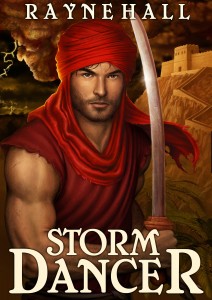 I think the answer is obvious: by looking at the book itself. Reading the first few pages will show the reviewer whether it’s their kind of book. Often, a quick glance at the first paragraph is enough to weed out the obvious dross. If reviewers can’t form their own opinion of what they’re reading, they shouldn’t be reviewing books.
I think the answer is obvious: by looking at the book itself. Reading the first few pages will show the reviewer whether it’s their kind of book. Often, a quick glance at the first paragraph is enough to weed out the obvious dross. If reviewers can’t form their own opinion of what they’re reading, they shouldn’t be reviewing books.
ABOUT RAYNE HALL
Rayne Hall has published more than forty books under different pen names with different publishers in different genres, mostly fantasy, horror and non-fiction. 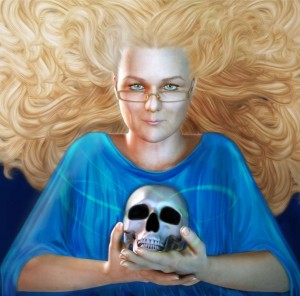 Recent books include Storm Dancer (dark epic fantasy novel), 13 British Horror Stories, Six Scary Tales Vol. 1, 2, 3, 4, 5(creepy horror stories), Thirty Scary Tales, Six Historical Tales Vol. 1 and 2 (short stories), Six Quirky Tales (humorous fantasy stories), The Colour of Dishonour: Stories from the Storm Dancer World, Writing Fight Scenes, The World-Loss Diet, Writing About Villains, Writing About Magic and Writing Scary Scenes (practical guides for authors).
Recent books include Storm Dancer (dark epic fantasy novel), 13 British Horror Stories, Six Scary Tales Vol. 1, 2, 3, 4, 5(creepy horror stories), Thirty Scary Tales, Six Historical Tales Vol. 1 and 2 (short stories), Six Quirky Tales (humorous fantasy stories), The Colour of Dishonour: Stories from the Storm Dancer World, Writing Fight Scenes, The World-Loss Diet, Writing About Villains, Writing About Magic and Writing Scary Scenes (practical guides for authors).
She holds a college degree in publishing management and a masters degree in creative writing. Currently, she edits the Ten Tales series of multi-author short story anthologies: Bites: Ten Tales of Vampires, Haunted: Ten Tales of Ghosts, Scared: Ten Tales of Horror, Cutlass: Ten Tales of Pirates, Beltane: Ten Tales of Witchcraft, Spells: Ten Tales of Magic, Undead: Ten Tales of Zombies, Seers: Ten Tales of Clairvoyance and more.
Rayne has lived in Germany, China, Mongolia and Nepal and has now settled in a small dilapidated town of former Victorian grandeur on the south coast of England.
Website: http://sites.google.com/site/raynehallsdarkfantasyfiction/
Short video: Ten Random Facts About Rayne Hall: http://www.youtube.com/watch?v=KXv4EisfqvQ
Amazon’s Rayne Hall page: http://www.amazon.com/Rayne-Hall/e/B006BSJ5BK/ref=ntt_athr_dp_pel_pop_1
